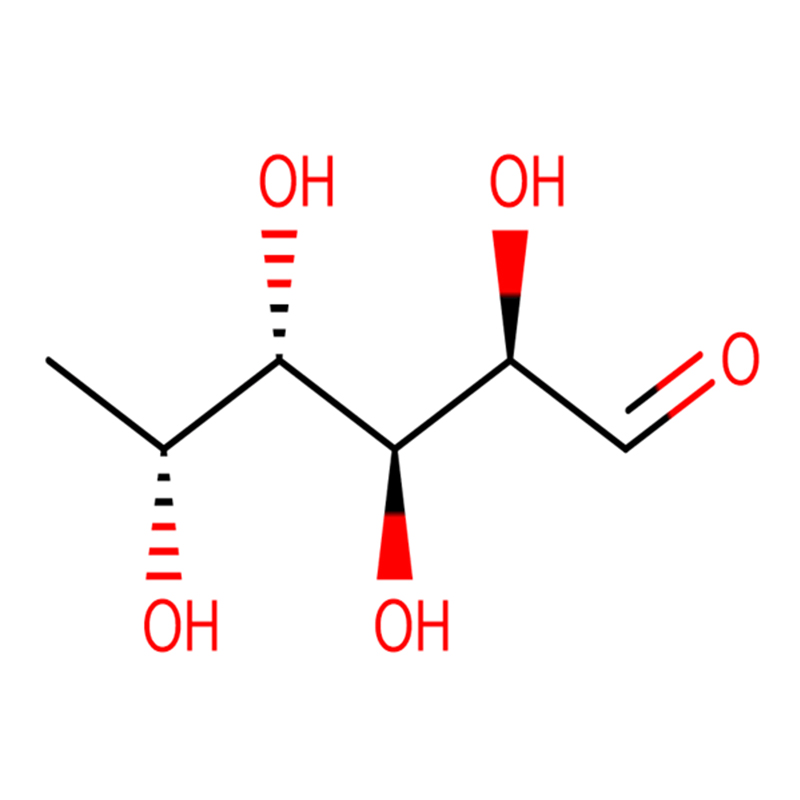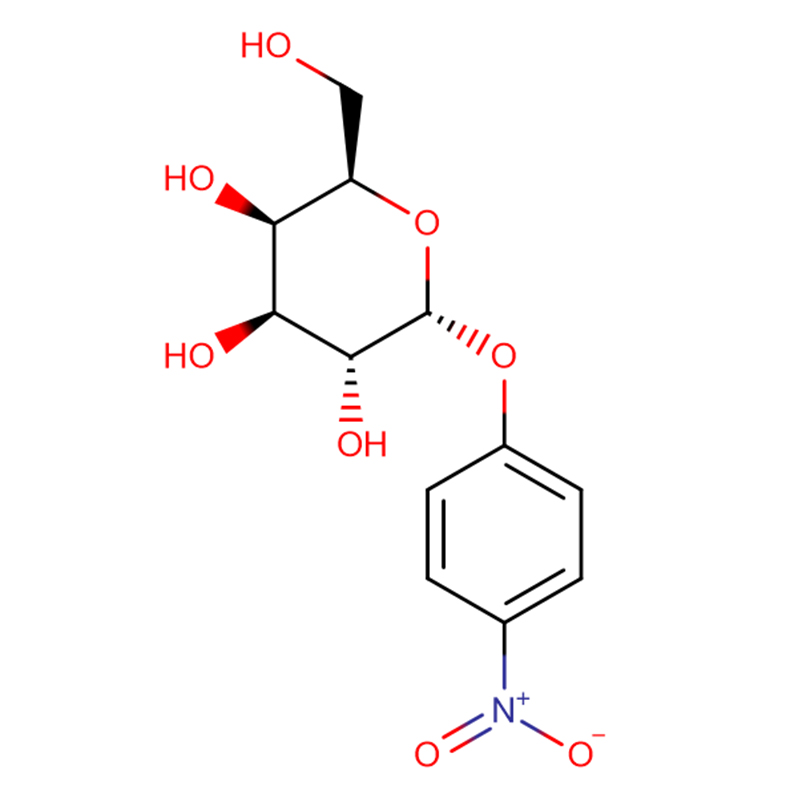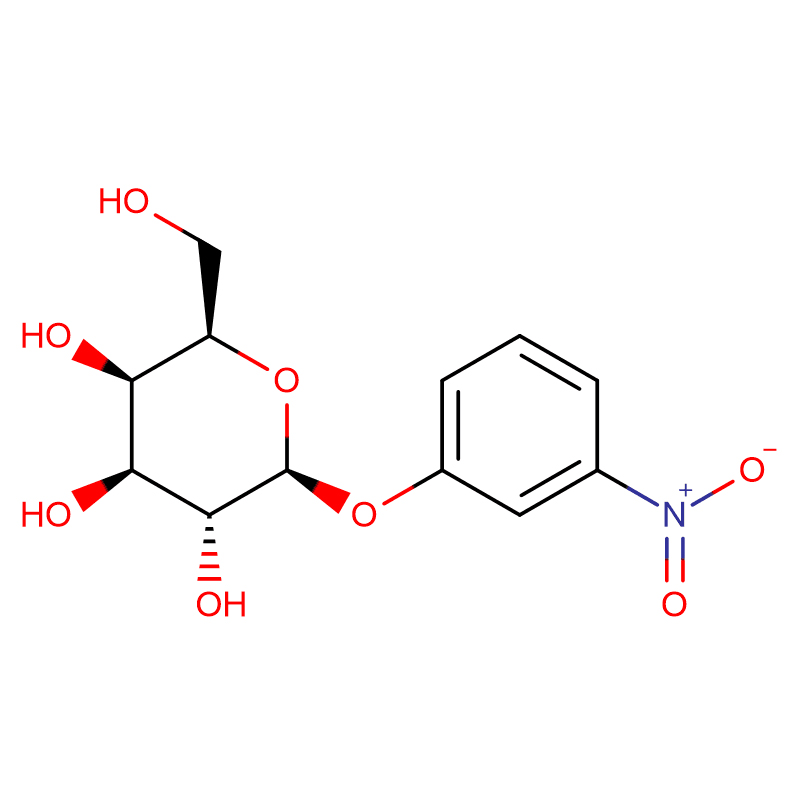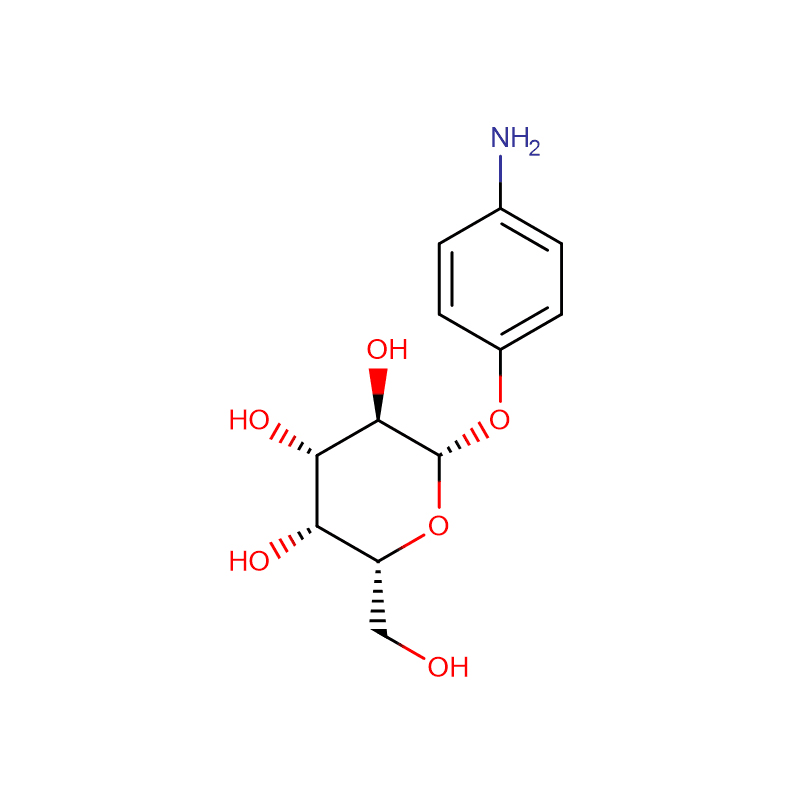X-GAL CAS:7240-90-6 98% White to off-white Crystalline Powder
| Catalog Number | XD90008 |
| Product Name | X-Gal (5-Bromo-4-chloro-3-indolyl-beta-D-galactopyranoside) |
| CAS | 7240-90-6 |
| Molecular Formula | C14H15BrClNO6 |
| Molecular Weight | 408.63 |
| Storage Details | -2 to -6 °C |
| Harmonized Tariff Code | 29400000 |
Product Specification
| Appearance of Solution | Clear, colourless to light yellow solution (50mg/ml in DMF:MeOH, 1:1) |
| Specific optical rotation | -61.5 +/- 1 |
| Appearance | White to off-white crystalline powder |
| Purity HPLC | min 99% |
| Solubility (5 % in DMF) | Soluble (5% w/v,DMF) |
| Water KF | max 1% |
| Assay (HPLC on Anhydrous Basis) | min 98% w/w |
Uses of X-gal
X-gal (also abbreviated BCIG for 5-bromo-4-chloro-3-indolyl-β-D-galactopyranoside) is an organic compound consisting of galactose linked to a substituted indole. The compound was synthesized by Jerome Horwitz and collaborators in 1964.The formal chemical name is often shortened to less accurate but also less cumbersome phrases such as bromochloroindoxyl galactoside. The X from indoxyl may be the source of the X in the X-gal contraction. X-gal is often used in molecular biology to test for the presence of an enzyme, β-galactosidase, in the place of its usual target, a β-galactoside. It is also used to detect activity of this enzyme in histochemistry and bacteriology. X-gal is one of many indoxyl glycosides and esters that yield insoluble blue compounds similar to indigo dye as a result of enzyme-catalyzed hydrolysis.
X-gal is an analog of lactose, and therefore may be hydrolyzed by the β-galactosidase enzyme which cleaves the β-glycosidic bond in D-lactose. X-gal, when cleaved by β-galactosidase, yields galactose and 5-bromo- 4-chloro-3-hydroxyindole - 1. The latter then spontaneously dimerizes and is oxidized into 5,5'-dibromo-4,4'-dichloro-indigo - 2, an intensely blue product which is insoluble. X-gal itself is colorless, so the presence of blue-colored product may therefore be used as a test for the presence of active β-galactosidase. This also allows for bacterial β-galactosidase (so called lacZ ) to be used as a reporter in various applications.
In two-hybrid analysis, β-galactosidase may be used as a reporter to identify proteins that interact with each other. In this method, genome libraries may be screened for protein interaction using yeast or bacterial system. Where there is a successful interaction between proteins being screened, it will result to the binding of an activation domain to a promoter. If the promoter is linked to a lacZ gene, the production of β-galactosidase, which results in the formation of blue-pigmented colonies in the presence of X-gal, will therefore indicate a successful interaction between proteins. This technique may be limited to screening libraries of size of less than around 106.The successful cleavage of X-gal also creates a noticeably foul odor due to the volatilization of indole.
As X-gal itself is colourless, the presence of blue-colored product may be used as a test for the presence of an active β-galactosidase.
This easy identification of an active enzyme allows the gene for βgalactosidase (the lacZ gene) to be used as a reporter gene in various applications.








